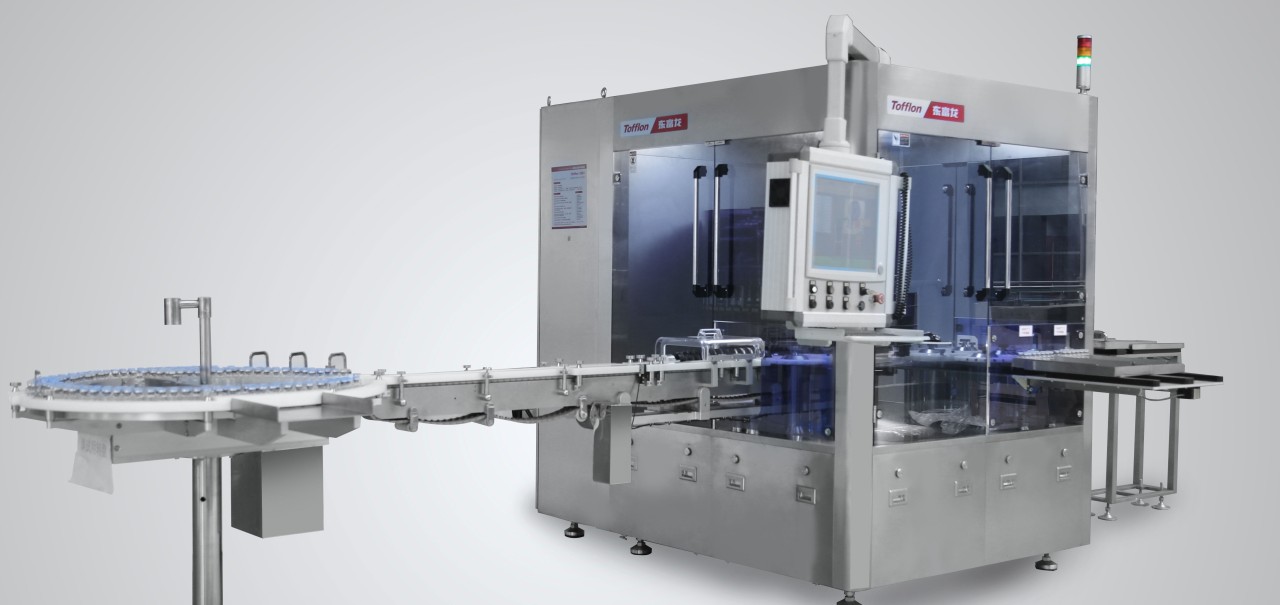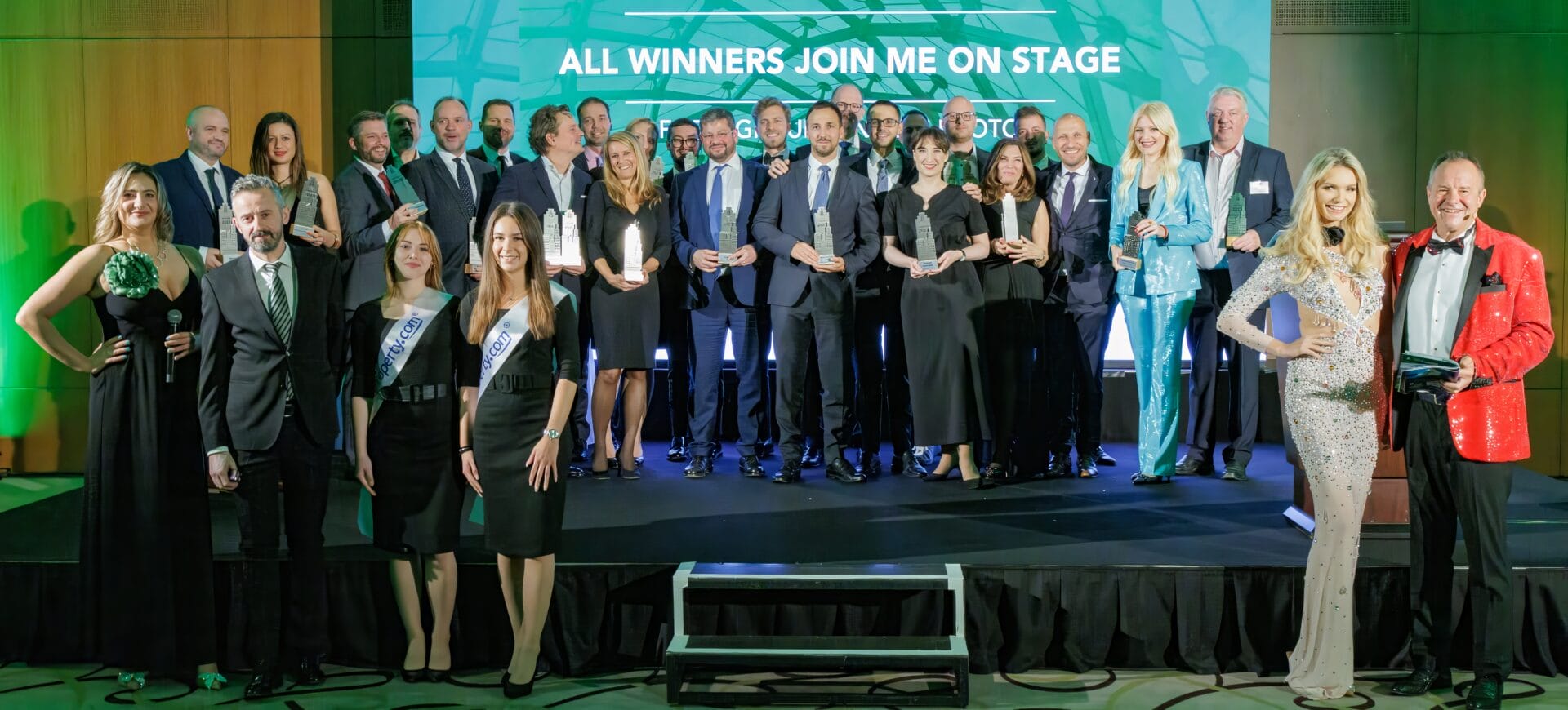Addressing The Challenges Of Automated Visual Inspection In Lyophilized Vial Manufacturing

Table of Contents
Maintaining the highest quality standards in pharmaceutical manufacturing is paramount, and visual inspection plays a crucial role, particularly in lyophilized vial production. The increasing demand for higher throughput and reduced production costs necessitates a shift towards automation. This article focuses on Automated Visual Inspection in Lyophilized Vial Manufacturing, exploring the key challenges and presenting potential solutions to optimize this critical process. Successful implementation promises increased efficiency, reduced human error, and improved product quality, ultimately leading to enhanced patient safety.
Challenges in Implementing Automated Visual Inspection Systems for Lyophilized Vials
Automating visual inspection in lyophilized vial manufacturing presents significant hurdles. The inherent complexities of the process demand sophisticated solutions to ensure reliable and accurate defect detection.
Variability in Lyophilized Product Appearance
Lyophilized cakes exhibit considerable variability in appearance, impacting the effectiveness of automated detection systems. Color, texture, and the presence of cracks, collapse, or other imperfections can vary significantly between vials, making consistent threshold setting a major challenge. This variability necessitates highly adaptable and robust algorithms.
- Cracks: Delicate cracks in the lyophilized cake are difficult to detect consistently.
- Collapse: Partial or complete collapse of the lyophile can be subtle and easily missed by automated systems.
- Discoloration: Subtle variations in color can indicate degradation or contamination, requiring sensitive colorimetric analysis.
- Particulate Matter: The presence of foreign particles within or on the lyophilized cake necessitates high-resolution imaging and sophisticated particle detection algorithms.
Lighting and Image Acquisition Challenges
Obtaining high-quality images of lyophilized vials is crucial for accurate defect detection. The transparency of the vial, opacity of the lyophilized cake, and potential glare from light sources significantly impact image quality. Optimizing lighting techniques is therefore essential.
- Backlighting: Provides good contrast but can be sensitive to variations in cake thickness and transparency.
- Transmitted Light: Illuminates the cake from below, offering insight into internal structure but potentially highlighting minor imperfections.
- Diffuse Lighting: Reduces glare but may not provide sufficient contrast for subtle defect detection.
Careful selection and precise control of lighting conditions are vital for successful automated visual inspection.
Dealing with High Throughput and Speed Requirements
Modern lyophilization lines demand high-speed inspection systems to maintain productivity. Balancing speed and accuracy presents a significant challenge. Faster inspection often compromises detection accuracy, while high accuracy may reduce throughput.
- Camera Resolution: Higher resolution cameras improve accuracy but reduce inspection speed.
- Processing Power: Powerful processors are needed for real-time image analysis and defect classification at high speeds.
- Algorithm Efficiency: Optimized algorithms are crucial for balancing speed and accuracy.
Optimization of all these factors is crucial for efficient high-throughput automated visual inspection.
False Positives and False Negatives
Minimizing both false positives (rejecting good vials) and false negatives (accepting defective vials) is critical. False positives reduce efficiency and increase costs, while false negatives compromise product quality and patient safety.
- Improved Algorithms: Advanced algorithms utilizing machine learning can learn to differentiate between acceptable variations and true defects.
- Advanced Image Processing: Techniques like noise reduction and image enhancement can improve the accuracy of defect detection.
Striking a balance between these opposing errors is paramount for effective automated visual inspection.
Technological Solutions and Advancements for Automated Visual Inspection
Addressing the challenges outlined above necessitates the application of advanced technologies.
Advanced Imaging Techniques
Moving beyond traditional 2D imaging, advanced techniques offer significant improvements in defect detection.
- Hyperspectral Imaging: Captures images across a wide range of wavelengths, providing spectral information that can reveal defects invisible to the naked eye or standard cameras. This is particularly useful for detecting subtle variations in cake composition or the presence of contaminants.
- Multispectral Imaging: Uses multiple wavelengths to enhance contrast and highlight specific features, improving the detection of cracks, collapse, or discoloration.
- 3D Imaging: Provides a three-dimensional view of the lyophilized cake, allowing for more comprehensive defect analysis, especially for detecting variations in cake structure or the presence of particulate matter.
AI and Machine Learning in Automated Visual Inspection
AI and ML algorithms play a pivotal role in improving automated visual inspection systems.
- Defect Classification: AI/ML can classify various types of defects with high accuracy, learning from large datasets of inspected vials.
- Anomaly Detection: AI/ML algorithms can identify unusual patterns or anomalies that may indicate defects not previously encountered, improving the system's adaptability.
Integration with Existing Manufacturing Systems
Seamless integration of automated inspection systems into existing lyophilization and packaging lines is crucial.
- Data Formats: Standardized data formats ensure compatibility between different systems.
- Communication Protocols: Appropriate communication protocols are needed for real-time data transfer and control.
- Automation Standards: Adhering to industry automation standards simplifies integration and ensures interoperability.
Conclusion: Overcoming the Hurdles of Automated Visual Inspection in Lyophilized Vial Manufacturing
Implementing successful Automated Visual Inspection in Lyophilized Vial Manufacturing requires careful consideration of the challenges discussed above and the adoption of advanced technologies. Addressing issues like product variability, lighting complexities, and the need for high throughput necessitates sophisticated solutions, including advanced imaging techniques and AI/ML-driven algorithms. Successful implementation offers significant benefits, including increased efficiency, reduced human error, improved product quality, and ultimately, enhanced patient safety and cost savings. We encourage readers to explore these advanced technologies and implement effective strategies to improve their automated visual inspection processes. Further research and consultation with industry experts can further refine and optimize automated visual inspection systems to ensure optimal product quality and efficiency.

Featured Posts
-
 Celtics Guard Payton Pritchards Sixth Man Of The Year Case
May 12, 2025
Celtics Guard Payton Pritchards Sixth Man Of The Year Case
May 12, 2025 -
 Russ Vought And Doge A Surprising Intersection
May 12, 2025
Russ Vought And Doge A Surprising Intersection
May 12, 2025 -
 Lily Collins Stars In Calvin Kleins Latest Ad Campaign Photo 5133598
May 12, 2025
Lily Collins Stars In Calvin Kleins Latest Ad Campaign Photo 5133598
May 12, 2025 -
 Nba Sixth Man Award Payton Pritchards Inspiring Journey
May 12, 2025
Nba Sixth Man Award Payton Pritchards Inspiring Journey
May 12, 2025 -
 Celebrating The Resi Awards 2025 Winners
May 12, 2025
Celebrating The Resi Awards 2025 Winners
May 12, 2025
